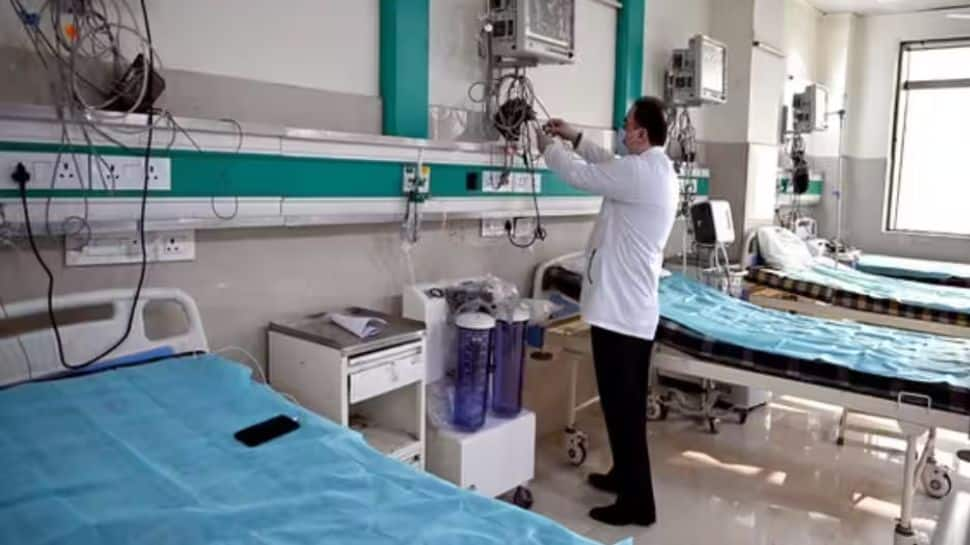The decision whether a patient will be admitted to the ICU or not is now in the hands of the family, based on these guidelines prepared by a team of 24 experts. Understanding these guidelines can help you navigate hospital admissions, assert your rights, and engage in meaningful discussions with the doctor. The criteria for ICU admission include organ failure, deteriorating medical condition, impaired consciousness, abnormal vital signs, respiratory distress requiring ventilator support, continuous monitoring needs, worsening illness, or significant past surgeries.
On the other hand, certain patients may not be admitted to the ICU if the family objects, if the patient has expressed a desire not to be admitted through a will, if medical treatment is unlikely to be beneficial, or during emergency situations with limited beds where prioritization is necessary.
These guidelines were developed by a team led by critical care expert Dr R.K. Mani, providing insights into how ICU beds differ from regular beds and the basis for admitting a patient. It’s a response to cases like the one in Kolkata where a patient’s denial of ICU admission led to tragic consequences, prompting the government to establish these guidelines in 2016.
The guidelines explicitly state that if the family believes hospitalization won’t improve the patient’s condition, they have the option to take the patient home, though financial constraints might influence this decision. The responsibilities of monitoring vital signs rest with the hospital until an ICU bed becomes available.
In India, with over 20 lakh hospital beds, only around 1.25 lakh are ICU beds. Despite the government setting a maximum rate of 5400 rupees for ICU care for central government employees in April 2023, the average cost for a private hospital ICU bed ranges from 30,000 to 1 lakh rupees per day.
These guidelines, though not a definitive solution, provide some empowerment to the families of patients, addressing the challenges faced in obtaining ICU admission and the financial burden associated with it in India, where over 48 percent of people resort to loans for medical treatment.


